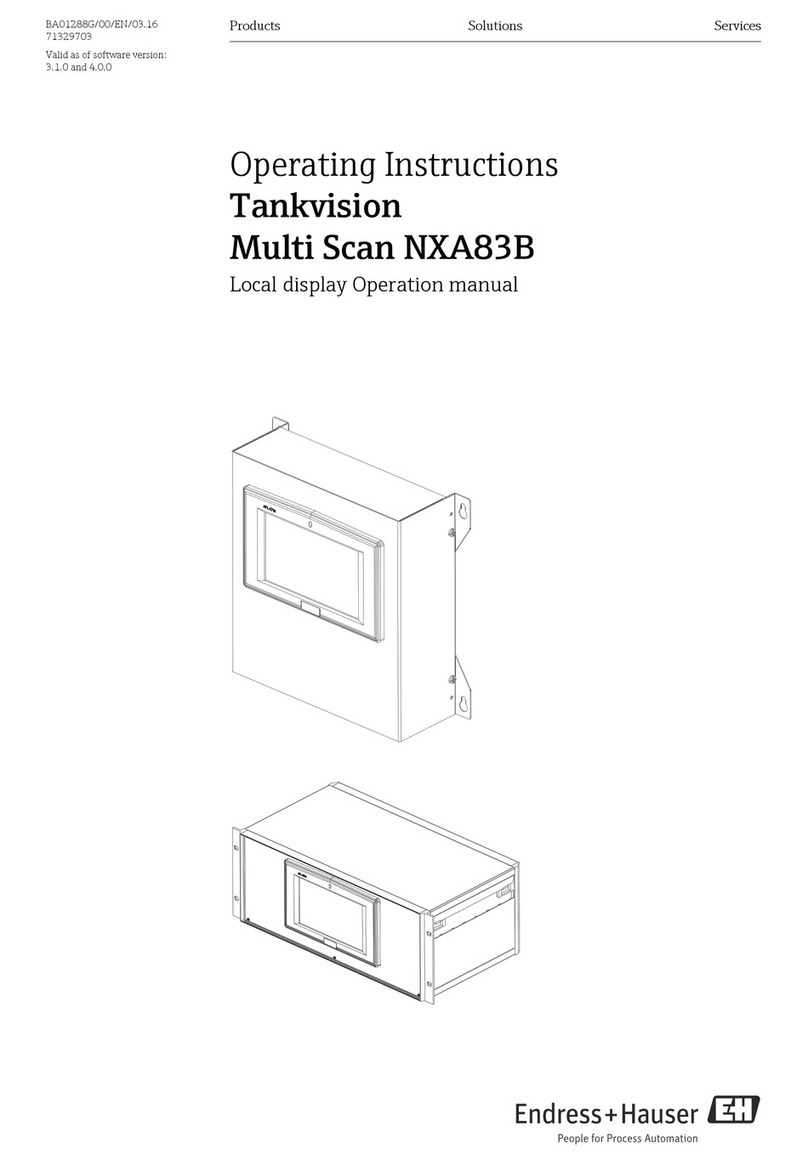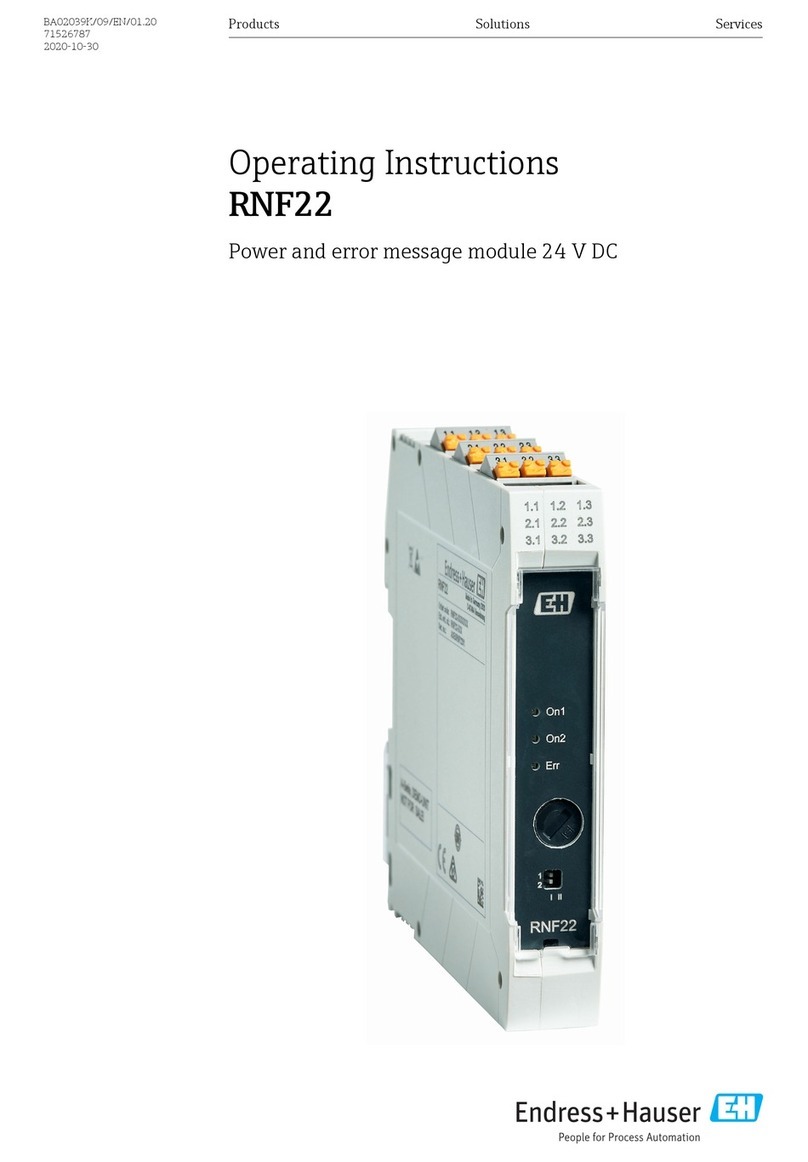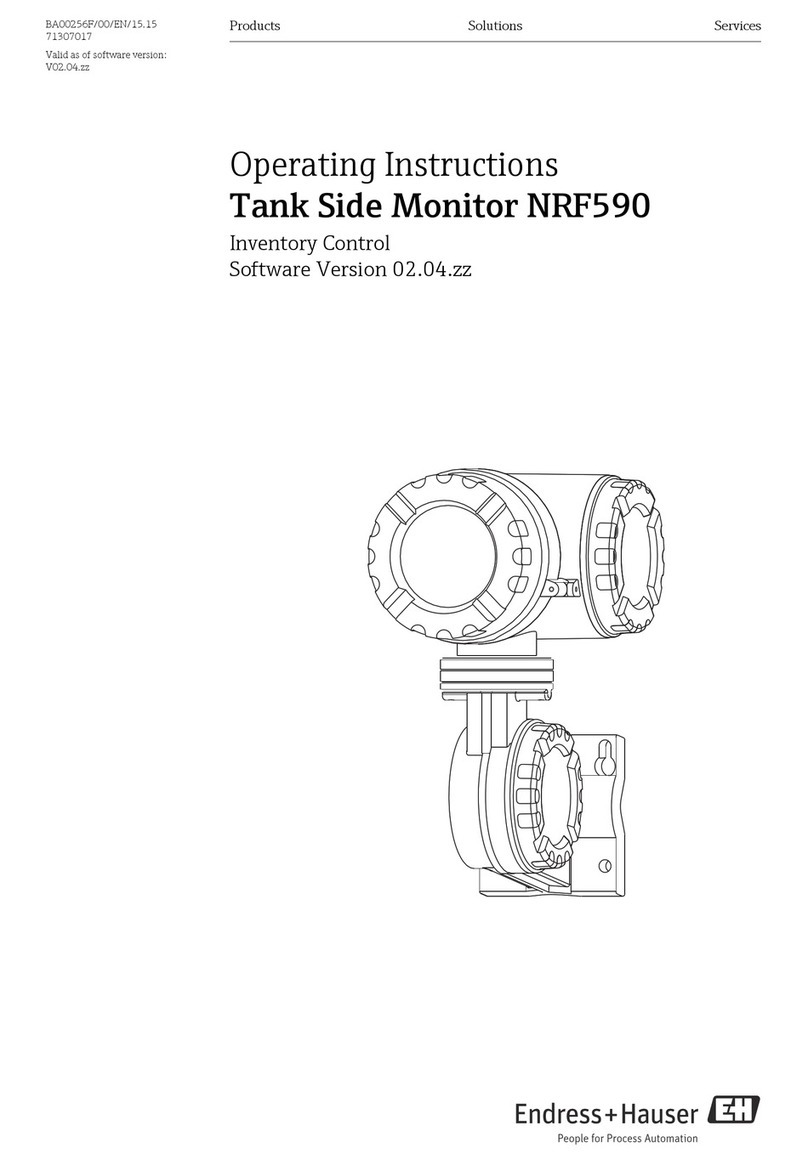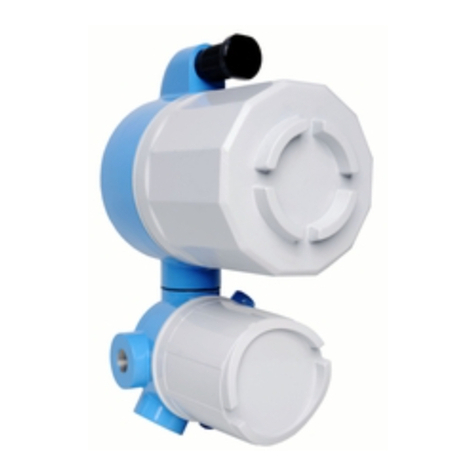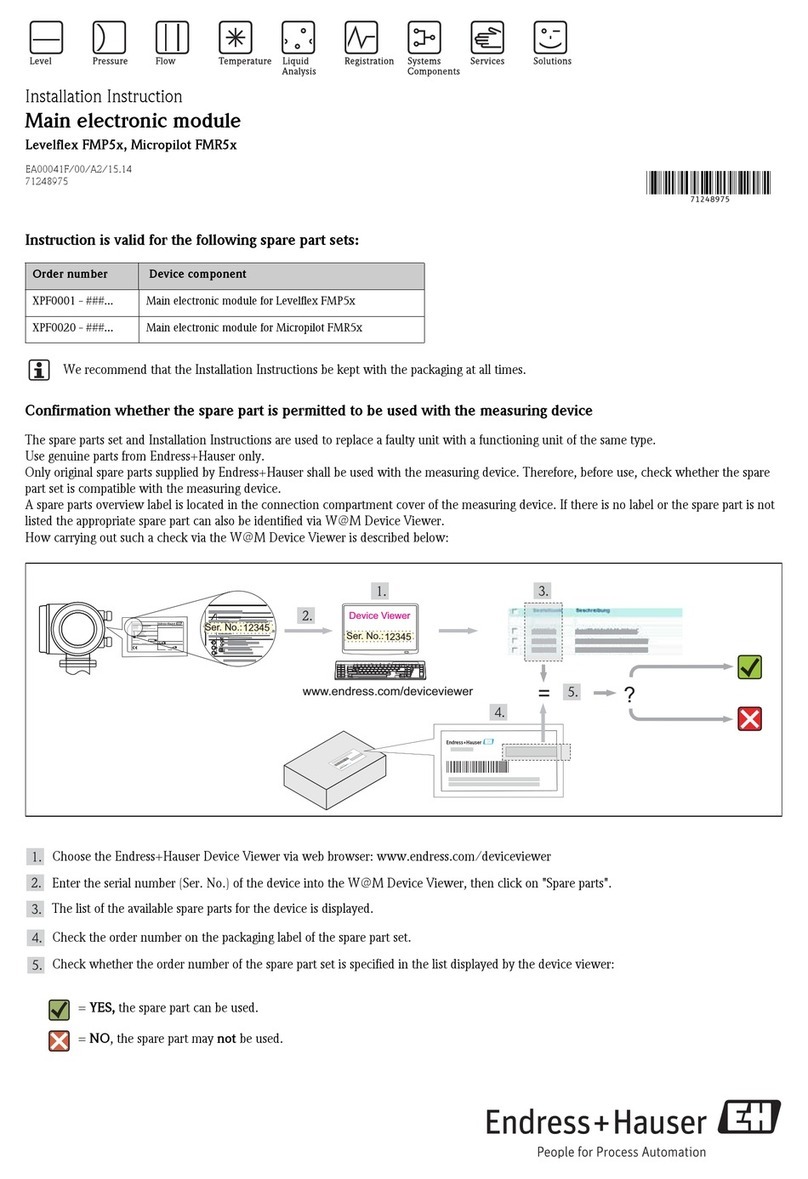
Table of Contents
ii Edition 01/2010 TOC module
4.1.6 Detector...............................................................................................15
4.1.7 Indicator and control elements, connectors..........................................15
4.1.7.1 LED displays........................................................................................15
4.1.7.2 Equipment switch, interfaces................................................................15
4.1.7.3 Gas connectors....................................................................................18
4.1.7.4 Connector for waste.............................................................................18
4.2 Function...............................................................................................19
4.3 Measuring method...............................................................................19
4.3.1 TC analysis..........................................................................................19
4.3.2 TOC analysis .......................................................................................20
4.3.3 TIC analysis.........................................................................................20
4.3.4 NPOC analysis.....................................................................................20
4.4 Catalysts..............................................................................................20
5Transport and storage......................................................... 21
5.1 Transport .............................................................................................21
5.1.1 Preparation of the TOC module for transport .......................................21
5.1.2 Transport notes....................................................................................21
5.1.3 Moving the TOC module in the laboratory............................................22
5.2 Storage................................................................................................22
5.3 Recommissioning after transport or storage.........................................23
5.3.1 Assembling the components................................................................23
5.3.2 Connecting the TOC module................................................................24
6First commissioning............................................................ 25
6.1 Site requirements.................................................................................25
6.1.1 Installation conditions...........................................................................25
6.1.2 Space ..................................................................................................25
6.1.3 Energy supply......................................................................................26
6.1.4 Gas supply...........................................................................................26
6.1.5 Unpacking and positioning the TOC module........................................26
7Operation.............................................................................. 27
7.1 Basic information .................................................................................27
7.2 General information for the analysis work ............................................27
7.2.1 Standard commissioning......................................................................28
7.3 Performing measurements...................................................................29
8Fault removal........................................................................ 30

